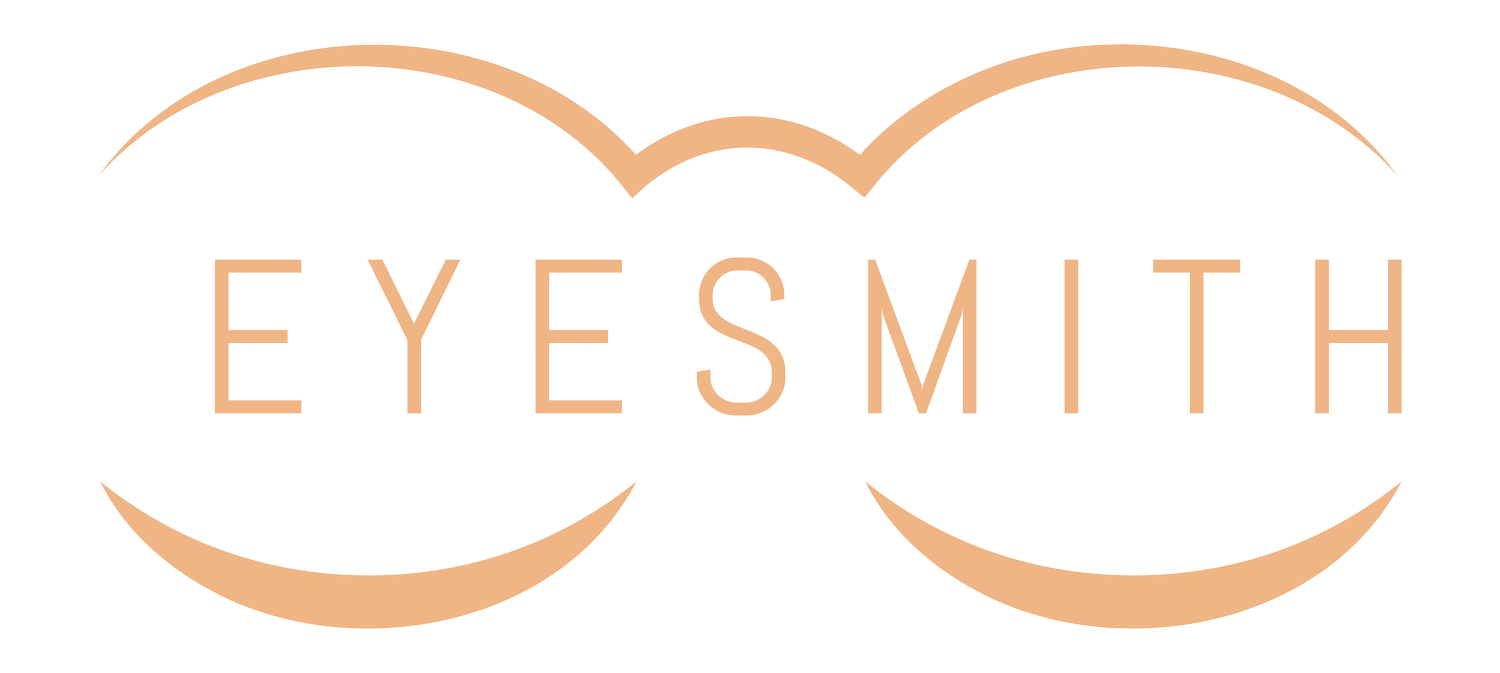Myopia control for children: Stopping shortsightedness.
“Myopia control for children” encompasses various strategies and treatments aimed at slowing down the progression of myopia (also known as shortsightedness) in children. Myopia is a common refractive error where distant objects appear blurry, while close objects can be seen clearly. The prevalence of myopia has been increasing globally, especially in urban areas, and there is a growing concern about the associated risks, such as an increased risk of developing eye conditions like glaucoma, cataracts, and retinal detachment later in life.
Our understanding of controlling myopia includes changing not only the central focus in the eye, but also the peripheral retinal focus.
Myopia control strategies which we can advise you on include:
Orthokeratology (Ortho-K): This involves wearing specially designed rigid gas permeable contact lenses overnight. These lenses temporarily reshape the cornea, providing clear vision during the day without the need for glasses or regular contact lenses. The suggestion is that due to the peripheral cornea also being changed, the increase in Myopia is slowed (some studies suggest by around 50%).
Multifocal glasses: These spectacle lenses have “lenslets” in the peripheral areas of the lens, which again changes the stimuli on the peripheral retina to slow changes, whilst still allowing the child to see clearly at different distances
Atropine eye drops: Low-dose atropine eye drops have been shown to be effective in slowing the progression of myopia. These are currently under trial at Moorfields but already available in different parts of the world. Do ask about this when we see you.
Increased outdoor time: Spending more time outdoors, particularly in natural sunlight, has been associated with a lower risk of myopia development and progression. The exact reasons for this association are not fully understood, but it may be related to exposure to natural light and the relaxing effect on the eyes.
Behavioural changes: Encouraging good visual habits, such as taking breaks from close-up work (like reading or using electronic devices) and practicing the 20-20-20 rule (looking at something 20 feet away for at least 20 seconds every 20 minutes), can also be part of myopia control.
Combination methods: The ideal outcomes may, of course, be obtained by a combination of methods such as using glasses/contact lenses with atropine drops and spending time outdoors.
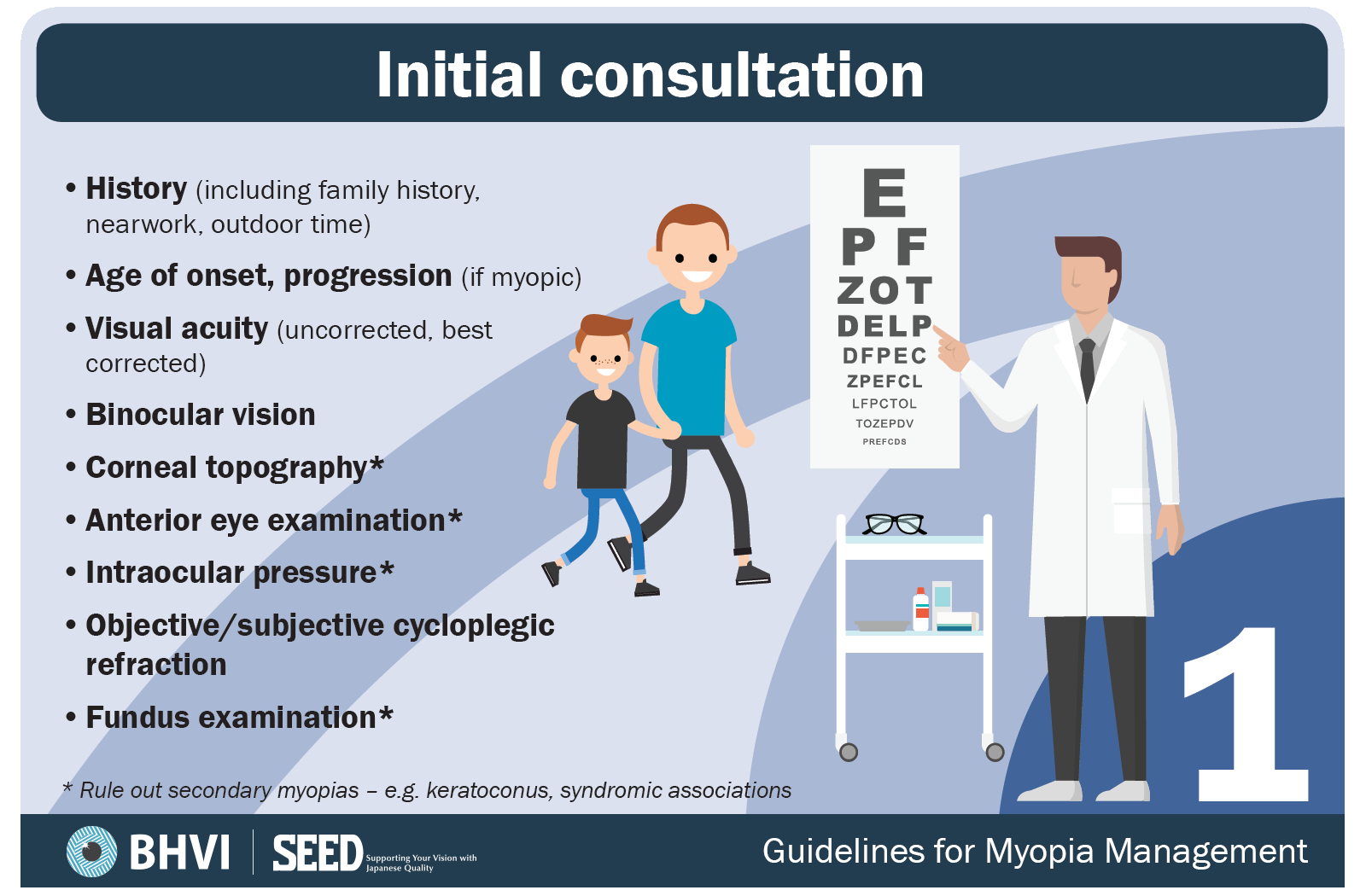
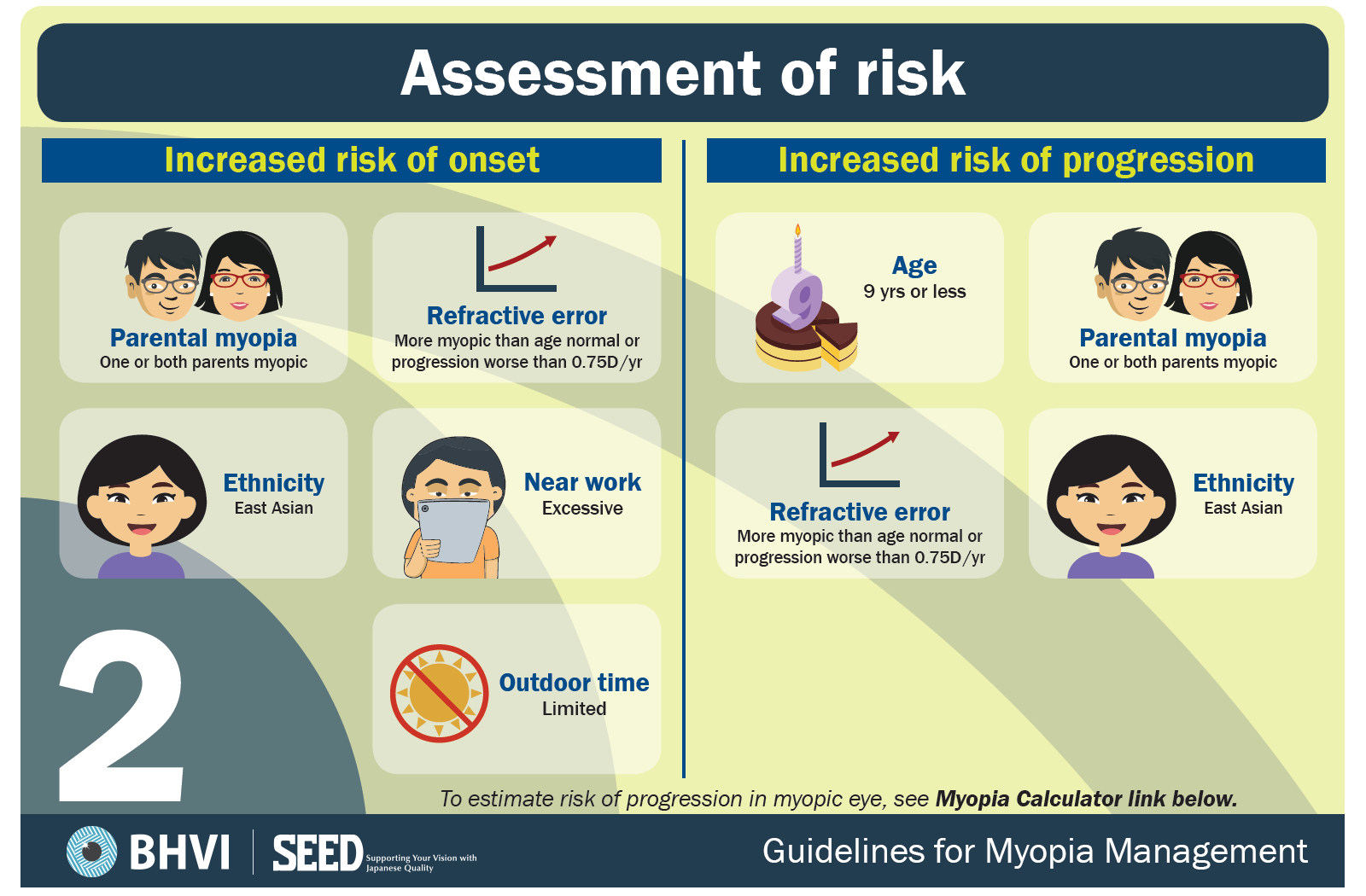
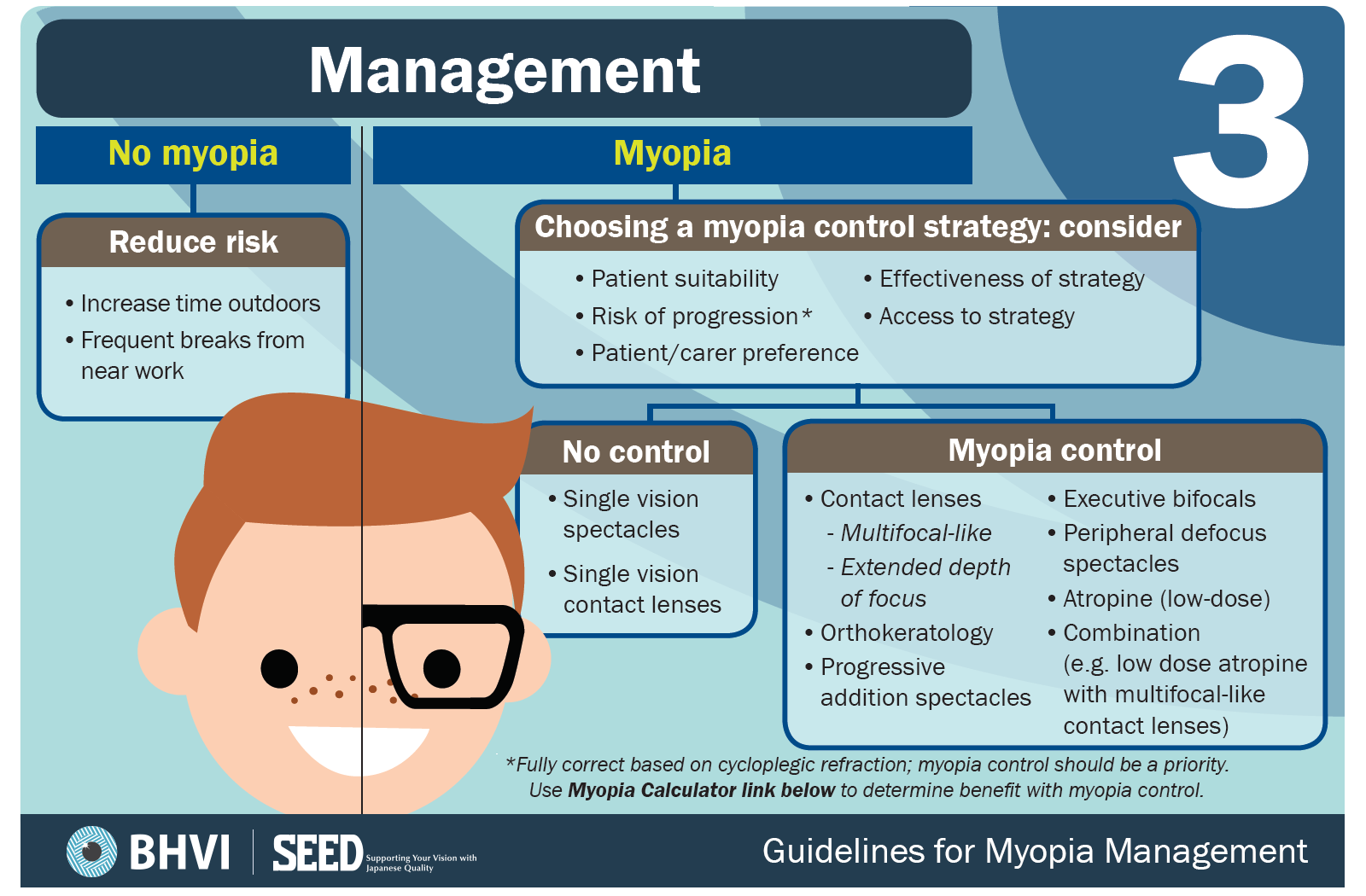
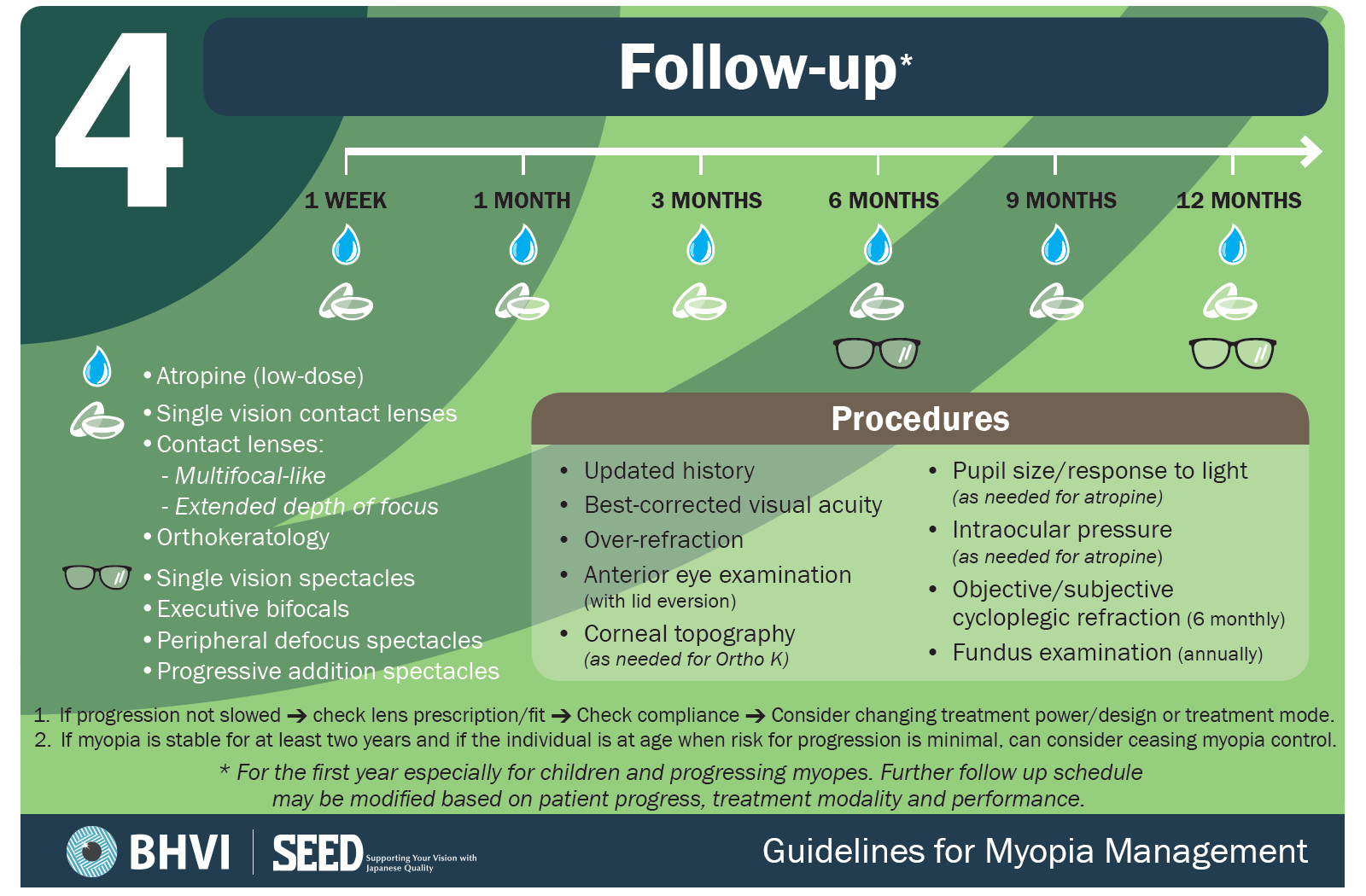
It's important to note that the effectiveness of these methods can vary among individuals, and the choice of treatment should be based on the specific needs and circumstances of the child. Regular eye examinations are crucial for monitoring the progression of myopia and determining the most appropriate myopia control strategy for each child.
A useful myopia calculator can de found here.
This can show you what level of prescription we may expect to find with your child in the future.
